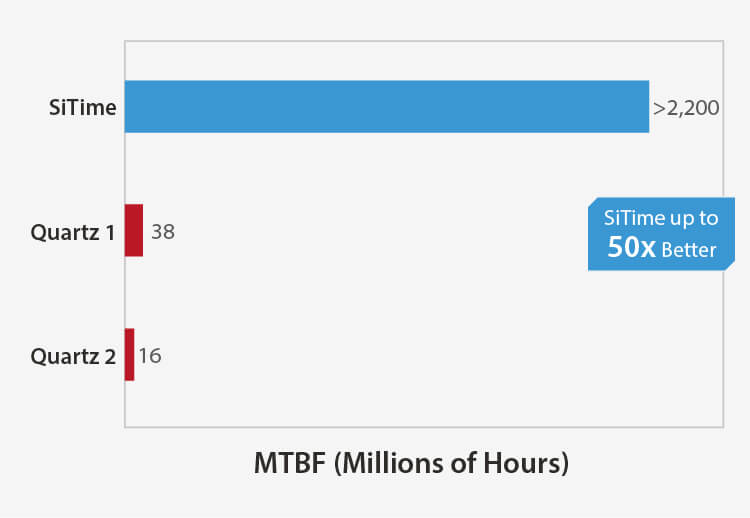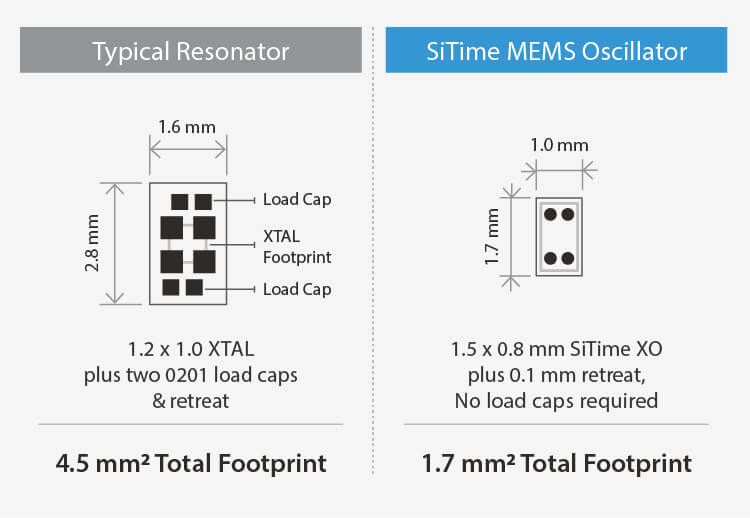Advancement in technology and the resulting cost reductions have enabled a new breed of patient monitoring systems capable of monitoring multiple parameters such as ECG, oxygen saturation (SpO2), body temperature, respiration rate, blood pressure (BP) and other body functions all through a single system. These systems are ideal for both critical and non-critical care patients, allowing for real time monitoring and documentation of changes in patient conditions.
Multiparameter patient monitors can either be fixed or portable depending on where they are deployed. Fixed or non-portable monitors tend to be larger, come with more advanced features, and are primarily targeted for use in hospitals in ICUs and clinics. Portable units are ideal for use in ambulances, ambulatory surgical centers, and home use.
Multiple oscillators are required in multiparameter patient monitors. At a minimum, one for the ADC and two for the MCU/DSP control board and depending on the communication protocol being used additional oscillators are needed. Portable systems are wireless, and while most currently rely on Wi-Fi, it is expected that once 5G becomes pervasive they will convert to this faster and more reliable protocol.




